The best thing about having an RV or a camper is that you can go anywhere your heart desires.
The most beautiful locations can even be right on your doorstep, so to speak.
Here is the US, we have some of these stunning locations in our national parks, which are scattered across the country.
But if you want to camp at a national park, it’s a little more complicated than simply pulling up and parking. There are strict regulations to follow, one of which is the size of your motorhome.
Let’s take a closer look to see if we can find an ideal RV length to fit into most national park campsites. It might help you plan your next trip.
What Is The Ideal RV Length?
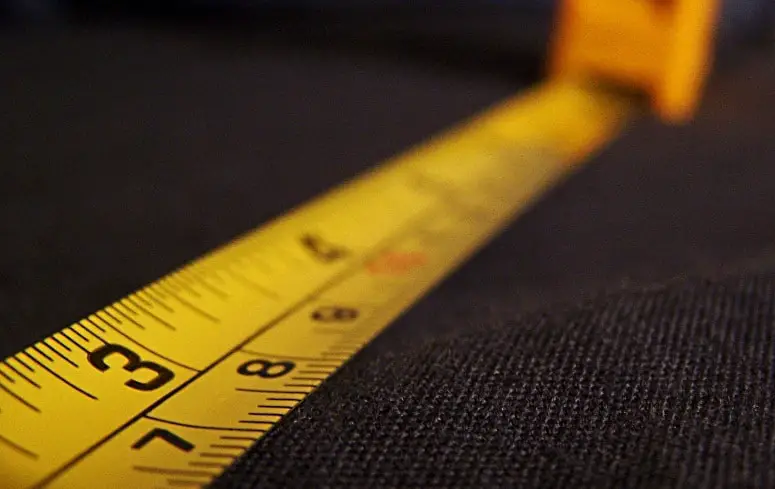
All parks have their own specific regulations, but we have found that the average RV length permitted is 27 feet.
At this size, you should be able to fit into most national park camping areas around the US.
In saying that, you can find some parks that have a 12-foot limit and others that will allow anything up to 40 feet.
It’s best to do your own research before heading out—we’ll look more into that in a minute.
To give you a better idea of size limitations, we have made a short list of some of the most popular parks:
- Yosemite: 40-foot limit.
- Rocky Mountain: 30 to 40 feet (depends on the campground you choose).
- Arches National Park: 20 to 40 feet, they have limited space though and are without hook-ups.
- Yellowstone: Most of their first-come-first-served sites are limited to 30 feet (though Mammoth is 65 feet and Norris is 50 feet). Reserved sites are up to 40 feet.
- Zion National Park: There are two sites for RVs, but they both have a 19-foot limit.
Why Do Parks Have Size Regulations?
National parks are different from other campgrounds in that they’re in areas which are deemed to be of national significance and importance.
Limits on RV size are there to protect the environment. After all, large RVs might not be able to move around, let alone park.
National parks have trees, rocks, canyons, and small, narrow roads, which the campgrounds have been built around.
You might also run into old stone bridges that you simply can’t get through.
These parks enable you as a camper to live dead-center in the middle of this beautiful nature.
Unlike national park camping areas, “man-made” RV campgrounds or sites were made specifically to accommodate large motorhomes.
Know Your Park’s Regulations And Limits
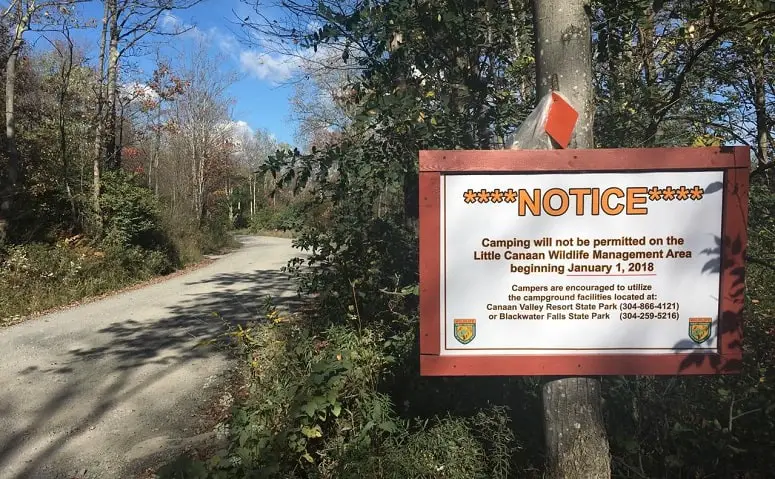
Before even planning your trip, you should take your time to research the parks you’re thinking of visiting.
Some parks will allow RVs while others are tent-only.
Luckily, it’s relatively easy to get information on these regulations. The best thing you can do is to check out the official website for the park you want to visit.
There will be a “plan your visit” section or similar. Here you should be able to find all the information you need.
If that’s not enough info—maybe you have an extra-large RV—you could call the park’s headquarters and personally ask all your questions.
Consider How You Will Get To The Campsite
Many national parks allow RVs up to 40 feet, but, that doesn’t mean all the roads are made to accommodate such large vehicles.
Parks such as Zion have two sites for RVs, but their limit is 19 feet due to the small roads leading up to the sites.
You can check this on the park’s website as well. They should have road maps that show you any limitations which would be difficult for RVs.
It’s important here to also know the exact height of your vehicle.
Investing in a good GPS can really help. Some GPS devices will allow you to set road preferences. Others will let you set the weight and size of your RV or trailer.
It will then show you the best route and warn against steep grades, sharp turns, and small bridges.
RV Limits Vs Trailer Limits
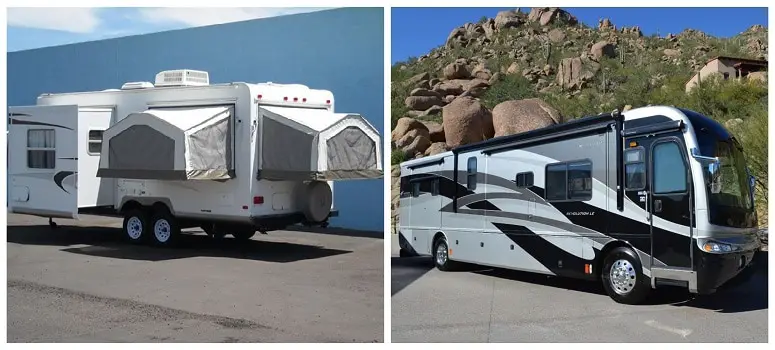
You might be checking out a campsite’s regulations when you notice that it can accommodate a 40-foot RV, but only a 24-foot trailer.
How come?
Trailers and RVs are very different when it comes to handling. Many parks have back-in spots for camping, this means you will have to back your vehicle in place.
Long trailers have a bigger turning radius, making them difficult to back into place.
Measuring Your RV
You most likely have the size of your RV written down on paper somewhere, but it’s still useful to do your own measurements.
This is especially important if you are going to a place where you will be close to the length or height limit.
The best thing to do is to get out your measuring tape and go from front to end.
If you are going to be traveling with a trailer at the back, you should measure that as well.
It’s also very useful to measure the exact height of your RV. The labels often don’t include things like installed AC units or antennas.
Take everything into account and write it all down.
Things To Know Before Camping In National Parks
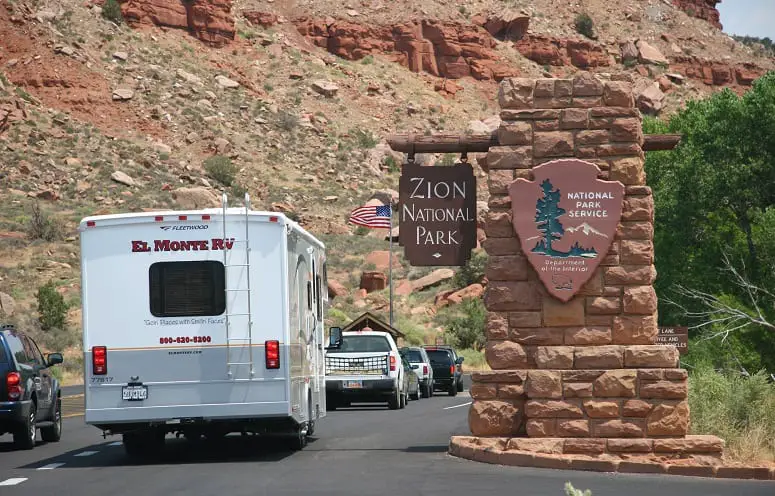
Before you head out to explore your desired national park, there are a few things you should be prepared for.
Let’s take a look at those considerations now.
Know How To Boondock
As you’re camping out in the wild, you might be missing things like electricity, or even a dumpsite for your tanks. Not many national parks have full hook-up facilities available.
Boondocking basically means living “off-grid.” Here, it’s important to understand how your RV works when not hooked up.
For instance, how much electricity the different appliances use, or how long you can go without emptying the tanks.
Generator Limits
If there aren’t any hook-ups, you could use a generator. However, these do require gas and frankly, they aren’t very quiet.
Most national parks have time limits for generator use. This typically gives you a couple of hours during the day. But usually, after sun-down, it’s quiet time.
Most parks don’t allow devices—such as a generator or other motorized machines—that exceed 60 decibels at 50 feet.
Useful tip: Make use of your RVs batteries during the period when generator use is prohibited, then, during the permitted time, utilize the generator to recharge the batteries.
Conclusion
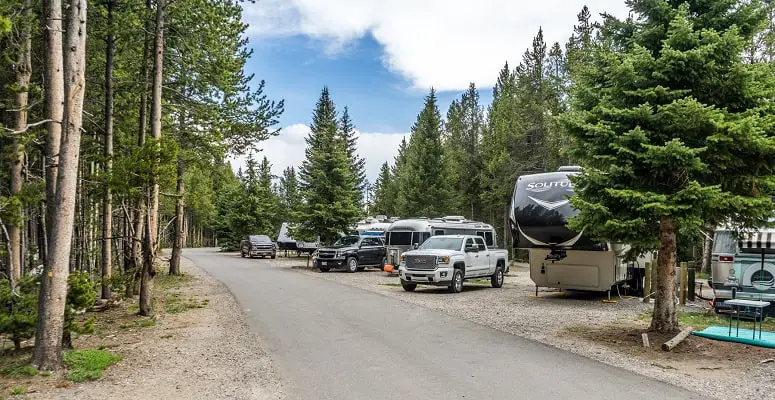
Visiting national parks should be a must for any camper.
Many destinations such as Yellowstone and The Rocky Mountains are on most people’s bucket lists. And no wonder really, you get to be close to nature and sleep in the thick of it.
Remember to check the length and height of your RV before heading out.
And make use of the official websites, these offer useful information. Not only should you check the size regulations, but also the roads leading to the campground.
Hopefully this article has helped you with RV lengths and limits in national park campgrounds.
If you have any further questions or anything you’d like to add, leave a comment below!


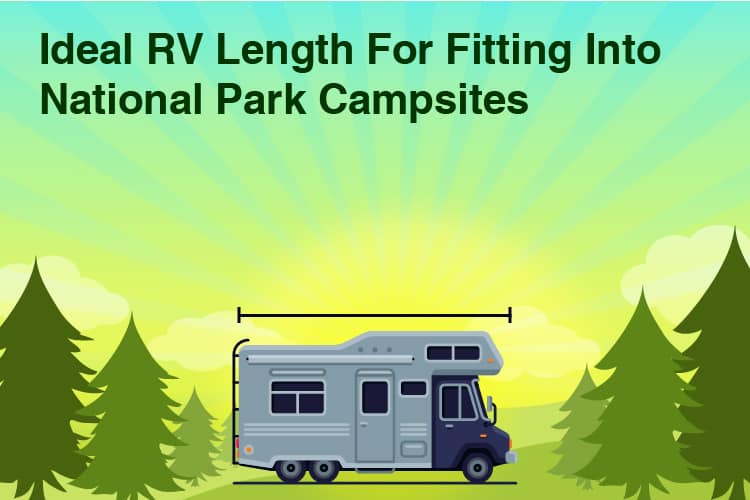

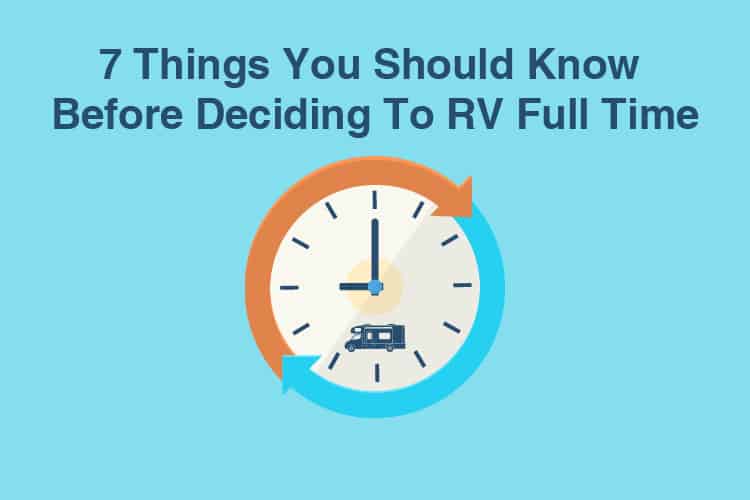
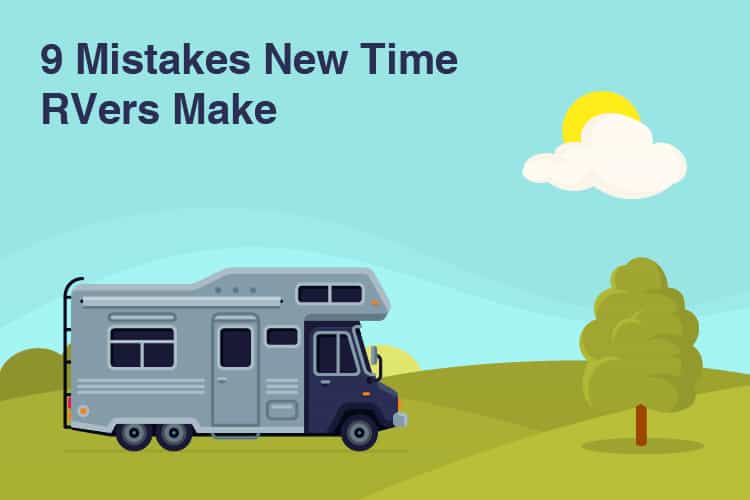

Nice website Mike. Thanks for all the great info.
I do have one question and don’t know if I can get a straight answer, so hoping you or someone can help. Q: I have a SUV (Tahoe) that is 16 ft. long and a 22 ft. travel trailer that is 25.5 ft total length. Combined total LOA is 41.5 ft. Stated max. lengths are 40 feet. My question is would an allowance be made for the 1.5 ft. overage?
Thanks and keep going. I did somewhat the same as you, retiring early and spending seven years (1995- 2000 & 2005-2007) at sea on a 45 ft. sailboat. 90% of time at anchor in over 30 islands/countries.